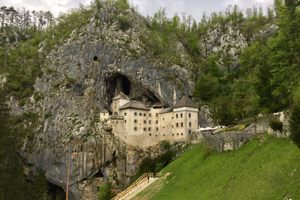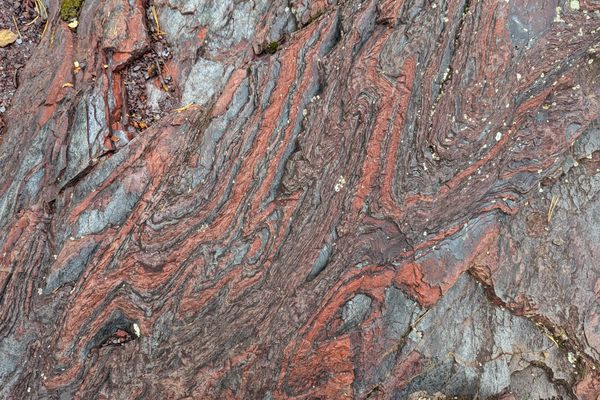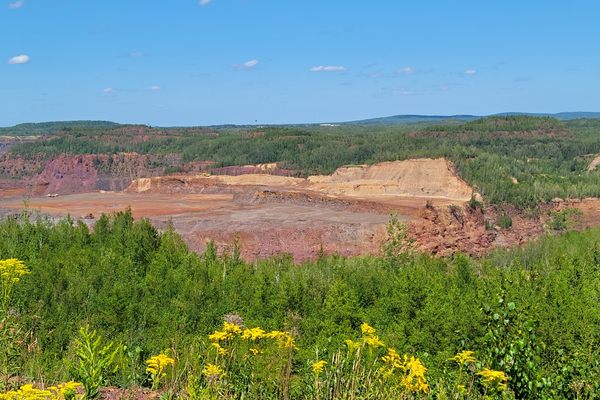About
The mining history in Idrija goes back to 1490. At its peak, it was one of the main sources of mercury, along with Almaden, in Spain. Mercury is a rare metal and its deposits are scarce. Most of it is in the form of ore known as cinnabar (mercury sulfide). Idrija is one of the very few places in the world where mercury occurs in both its elemental liquid state and as cinnabar.
Mercury can be used to extract silver and gold, therefore the silver and gold-rush motivated mercury mining. Most of the history and development of Idrija revolves around mercury. The mining industry brought science, technological advancements, and industry to this mountainous region but it also created considerable medical problems and health hazard due to its toxicity. In addition to collapse accidents, there is a local folklore associated with hallucination experiences that miners had when working in the narrow passages inside the mountains.
Soon after the accidental find of mercury (a tub maker found drops of the liquid metal in a creek) a shaft was dug in 1500. Known as Anthony’s shaft, it still stands and is one of the oldest preserved mine entrances in Europe. There have been some other shafts that have been closed or sinked. Altogether around 700 kilometers of tunnels have been dug under the town.
After over 500 years of excavation the mine was closed in 1995. However, Anthony’s shaft can still be visited today. It leads to small part of the whole tunnel system that is now opened as a museum.
In addition to the mine visitors can also stop by to the Castle Gewerkenegg. Initially the administration of mine was located in this castle. Now it is opened as Idrija Municipal Museum with most of the expositions associated with mercury mining as well.
Related Tags
Forest to Table in Alpine Slovenia
A Forest-to-Table Gastronomy Adventure in Slovenia.
Book NowCommunity Contributors
Added By
Published
April 16, 2021





































